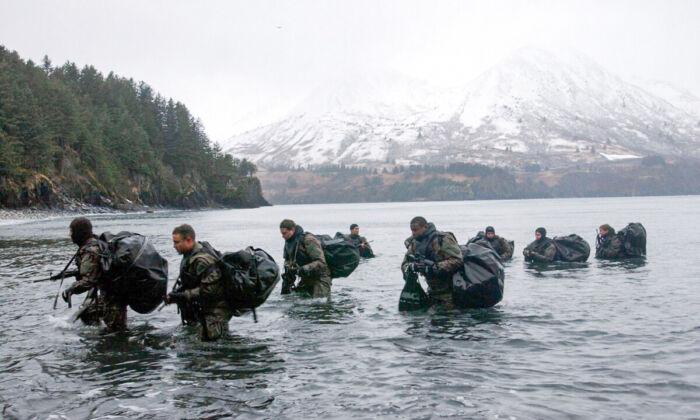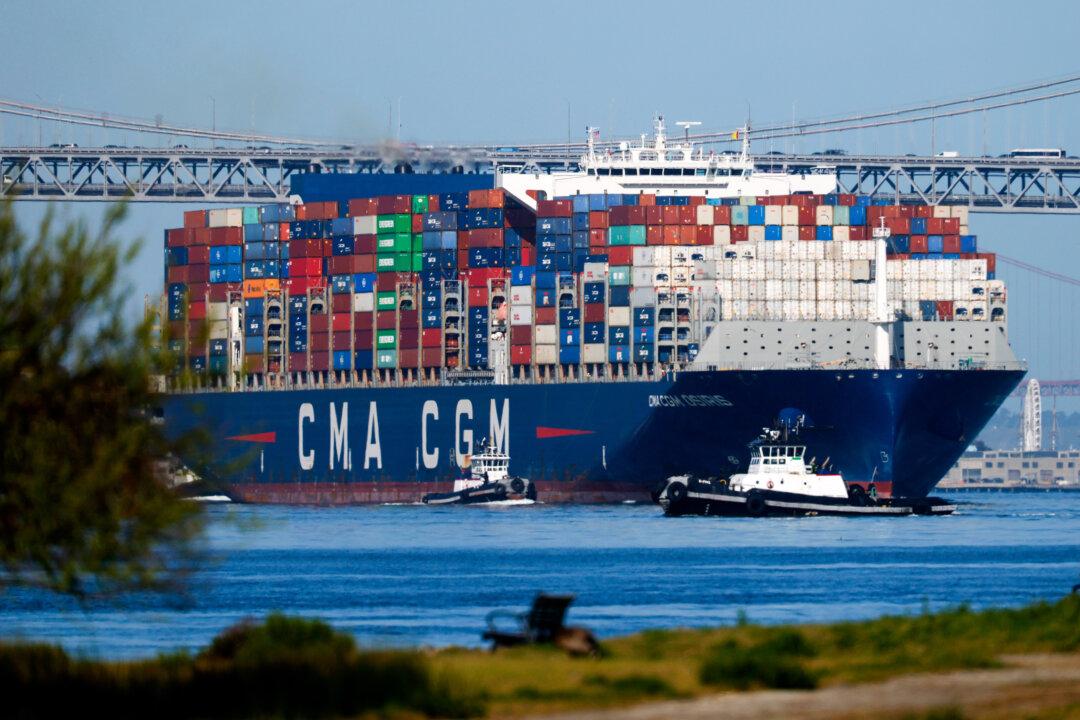For more than 20 years after 9/11, U.S. special operations forces (SOF) were primarily engaged in counterinsurgency campaigns and operations against terrorist organizations, mostly in the Middle East.
But now, the special ops units are engaged in a “great power competition” against China and Russia, a transition that’s exposing deficiencies in force structure and resources, witnesses told a Senate panel on May 17.
The plan now is to “monitor, disrupt, degrade” terrorist groups that have the capability to “harm the homeland,” with a focus on countering Chinese and Russian state aggression, according to Schroden.
“This has translated into a reduction in requirements for counter-intelligence, which has freed up some SOF,” he said. “There is some capacity to repurpose now.”
There’s a bit of deja vu with a return to strategic competition with adversarial nation-states, former Army Special Operations Commander Lt. Gen. Kenneth E. Tovo said.
“Some of our current SOF organizations were created to meet the requirements of the last period of strategic competition, the Cold War with the Soviet Union,” he said.
“In some ways, this is a return to our roots.”
But it’s a whole new world now, Tovo acknowledged.
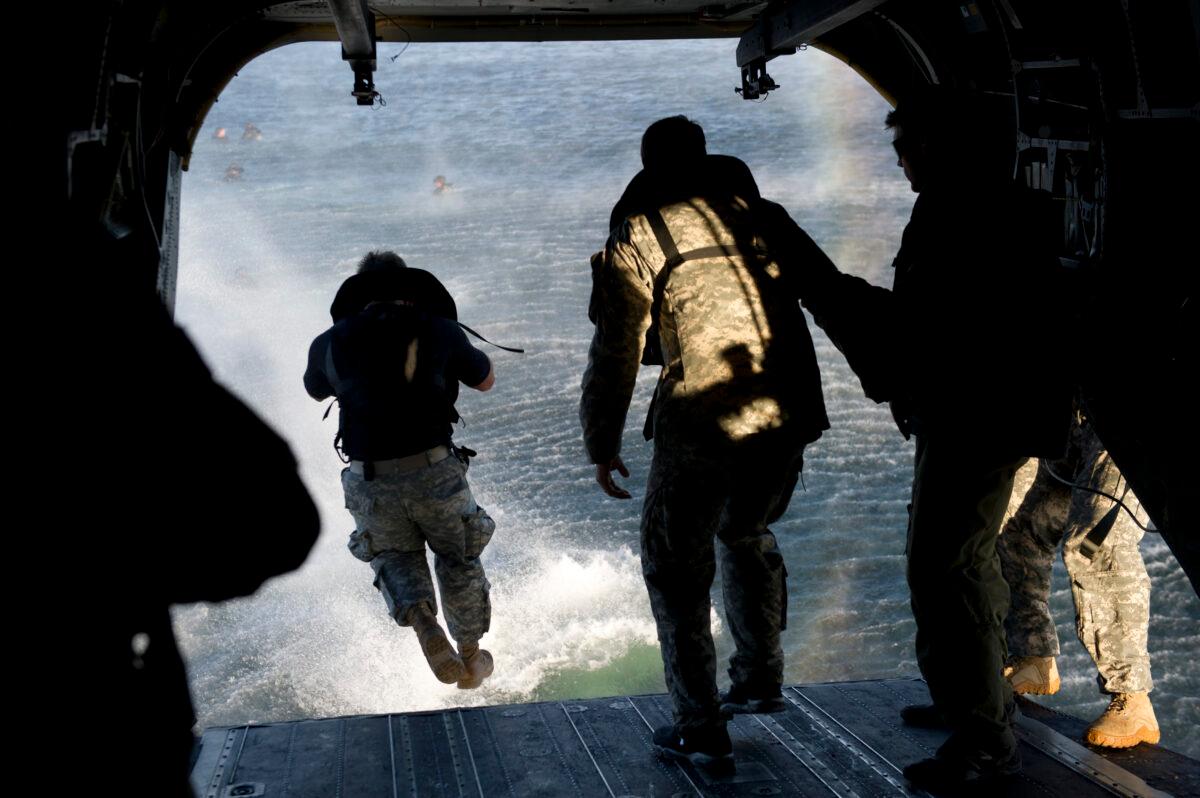
Less Money, More Demand
U.S. special forces operations are coordinated and conducted by the U.S. Special Operations Command (USSOCOM), the only joint combatant command created by an act of Congress, which also oversees Army, Marine Corps, Navy, and Air Force SOF component commands.There are about 6,400 contractors, 6,875 civilian employees, and nearly 67,000 active-duty military, including 36,000 from the Army and 19 from the newly created Space Force, in USSOCOM, which is headquartered at MacDill Air Force Base in Tampa, Florida.
According to the Pentagon, about 6,000 SOF “operators” are currently stationed in more than 80 countries.
Schroden and Tovo both said the overall spending request, which is about $3 billion to $4 billion less than SOF spending a decade ago, is inadequate, especially when several service branches are either flattening or cutting special operations budgets, most notably the Army by at least 10 percent.
Tovo said the Army is trimming its SOF component by 10 percent or perhaps by 20 percent.
“That would be crippling,” he said. “We are a force enabled by our Intelligence Community. Without the intelligence capability, our operational capabilities are hobbled at best. If the cuts are taken there, that would be devastating.”
Schroden said not only could special forces and intelligence operations use more funding, but the proposed budget should be responding more closely to “demand signals for SOF.”
He said in assessing SOF force structure, it isn’t geared to meet “a higher demand for psyops, civil affairs, undersea warfare, and maritime capabilities.”
There’s a need to expand in the face of increasing demand for those capabilities, “yet the supply [SOF] has remained static for quite some time,” according to Schroden.
“There is a lot of capacity for counterterrorism that hasn’t been repurposed yet,” he said.
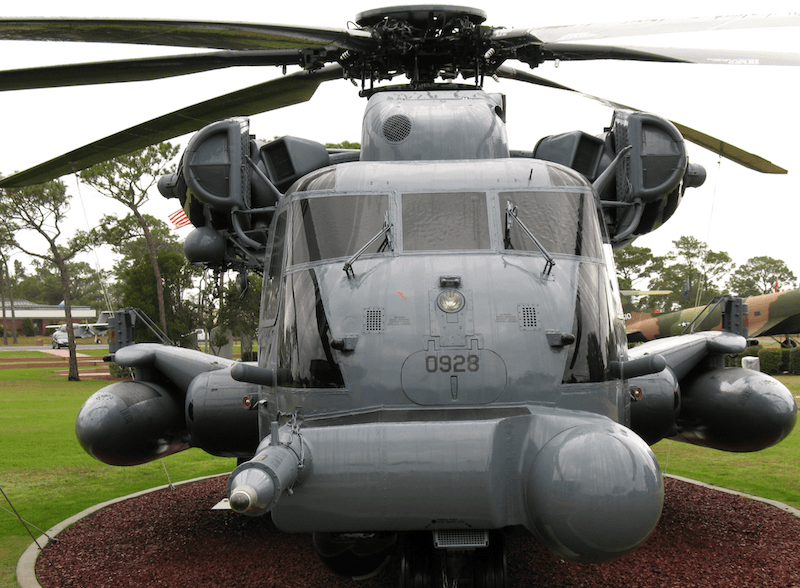
‘Change the Ecosystem’
Tovo said the current SOF command-and-control procedures are “lacking a strategic vision” and need to be streamlined.“The challenge is two-fold,” he said, noting the statutory authorities and procedures for approving a SOF operation “is very hard” to get through a chain of command that’s structured to only handle “one op at a time in its approval process.”
Tovo said that up and down the decision-making process, there’s no uniting vision, which makes it difficult “for decision-makers at any level to view these ops and say, ‘Yes, this supports national strategy. This is an effective tactical action’ ... appropriate to meet strategic objectives within a framework that has been approved.”
Among his ideas is “pushing authorities and approvals further down the chain of command.”
But it still requires action rather than dithering by the Pentagon, according to Tovo.
“Our challenge is often moving from authority to permission,” he said.
Schroden said restructuring the force to allow for greater and faster flexibility is “the million-dollar question.”
But one confusing element is clear.
“There is no single entity in the Department of Defense that you could point to and say, ‘That entity is in charge. [It is] the lead [entity] for global competition campaign against the likes of China,” he said.
For instance, Schroden said, the Indian-Pacific Oceans Command (IndoPaCom) was restructured to be a “global integrator, global synchronizer,” but “I think it is pretty clear for anyone who looks at IndoPaCom capabilities and where its focus areas are, that that mission exceeds its ability to conduct, and that mandate is not something IndoPaCom can reasonably fulfill.”
There has been discussion about making SOF and cyber defense separate military branches and debate about whether special operations should come under the Joint Chiefs of Staff.
Schroden said being an advisory board rather than an operational command, the Joint Chiefs of Staff wouldn’t be suitable to oversee SOF functions. But, he said, the Center for Naval Analysis is “in the midst of assessment of the unified commands plan” that will “lay out some options.”
Tovo said there’s some movement toward a more streamlined structure being organically developed within the service SOF commands, noting that the Army’s First SOF Command has “stood up an integrating headquarters to try [to get] a global view of these campaigns against Russia and China.”
The command not only has its own forces to deploy but has created a platform “to sense and see what the environment is and what our adversaries are doing, particularly on the information domain, but also to synchronize operations.”
Overall, Tovo said, “the authorities are pretty well drawn” in laying out when to deploy SOF or conduct an intelligence operation, such as Section 1202 in the 2018 National Defense Authorization, but there are “some quirks” that need to be ironed out.
“We had some programs, according to open source, being executed in Ukraine under these authorities that had to cease once war started,” he said. “I don’t think that was ever the intent of Congress but” Department of Defense (DOD) attorneys made the call.
“As a result, we stopped programs for our partner in Ukraine at the very moment they needed our help the most.”
“Just the fact that there is no single entity” coordinating SOF is alarming, according to Sen. Joni Ernst (R-Iowa).
“We have to have the right [command structure] and we do not have that right now,” she said.
That was evident in her meetings with military commanders in Afghanistan, Ernst said, recalling a visit with Navy SEALS when “most of the conversation was with the JAG [Navy lawyers], about what would be legal and what would not be legal.”
“There were many who can say ‘no’ to moving out [and launching an operation] but very few who can say ‘yes,’” she said.
The “overly bureaucratic” decision-making process “is risk-averse, and I think it undermines our ability to effectively compete with our adversaries,” according to Ernst.
“Instead of empowering them to think creatively, the bureaucracy has literally forced them to fight with one hand tied behind their back,” she said.
Tovo said, “They’re being told, ‘You need to compete against China,’” but “without an overarching strategy that defines what we are trying to achieve, it is hard for decision-makers. God bless our SOF operators.”
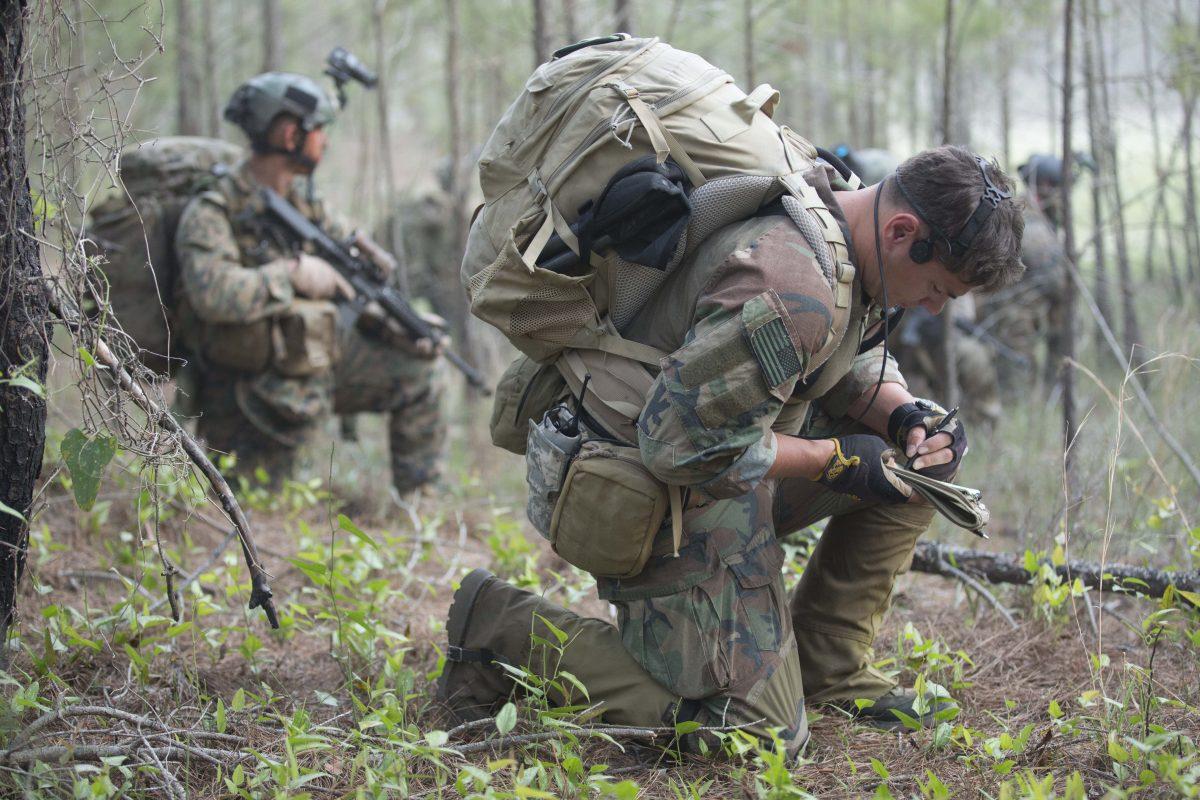
Irregular Warfare
Schroden said SOF’s “biggest gap is in the information operations space” where “DOD capabilities, organization, doctrine, use of terminology” has little coordination or consistency.“It is about as big a mess as you can imagine. None of the services use the same terms. When you say information warfare operations, they are all talking about different things, developing different capabilities in those areas,” he said. “There is no synchronicity across the department when it comes to the use of information or even how to think about the use of information.”
For instance, what the Army calls the “information dimension” is the “information environment” referred to by “the joint world,” as the Army calls USSOCOM.
Tovo said information operations are a key component of “irregular warfare” that gets lip service from the Pentagon but little attention from military planners, despite the mandate from Congress to create an Irregular Warfare Center.
“There is a challenge with definitions” here, too, he said. “Everybody has a different view of what ‘irregular warfare’ means. In plain English, I would offer that conventional warfare is very enemy force-focused, whereas the suite of capabilities we call ‘irregular warfare’ is more often focused on the human terrain, the population, nations, or partner allies we are working with.”
These types of operations are “what the Green Berets were purpose-built for.”
Schroden said that as a result, particularly in information operations, “I don’t think we are very strong. And I don’t think we are likely to get stronger because, in my view, we are not putting enough emphasis on that.”
He said discussion about irregular warfare, specifically information operations, is ”a glaring absence” in the Pentagon’s 2024 National Defense Authorization and that it needs to be examined closely because if done poorly, the stakes now could be higher than they were when levied against terrorist groups and insurgencies.
“Certainly irregular warfare against the likes of China and Russia carry much higher degrees of escalatory risk compared to counter-terrorism,” Schroden said, noting the risk surfaces “in wargaming.”
To master this, the military must better “think about escalation dynamics in these operations, especially an irregular warfare one.
“So, I wouldn’t be able to look you straight in the face and say, ‘We have a good understanding now of what those escalation ladders look like and how to manage them,’” he said.
